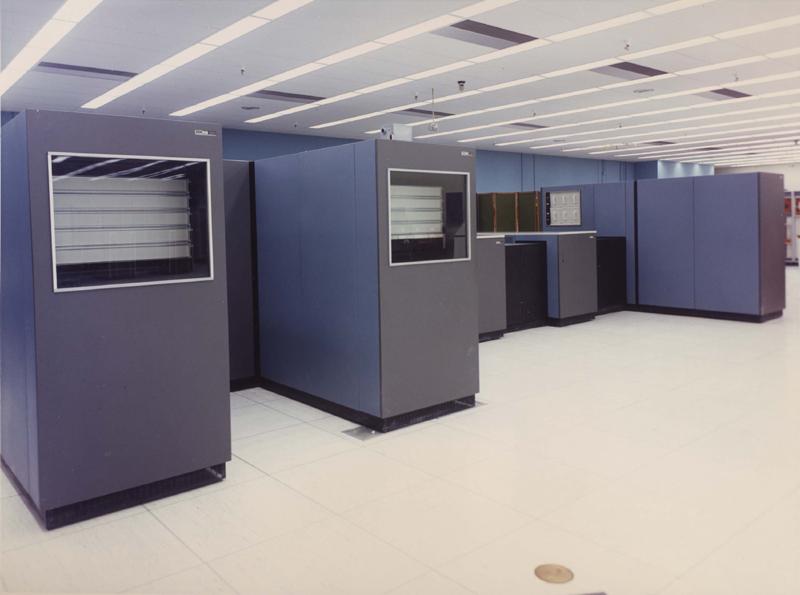Freakscene
Obscure member
Yes, you make an inkjet negative and contact print it. I use Adox Lupex and print like I always did, 6x9 on 8x10 paper for routine shots and 10x15 on 12x16 for exhibitions. Given that you can be sure what the print will look like once you get used to the process I don’t mind using Lupex, Amidol and selenium that might otherwise bankrupt me.I don't have refrigerators full of silver gelatin paper, but I should still have some stash left.
How digital files are printed on silver gelatin paper? Is it done via inkjet printed negative?
The spotting of difference is individual. One photog from rangefinder.ru printed his M8 BW photos and same forum members were not able to differentiate them from darkroom prints.


